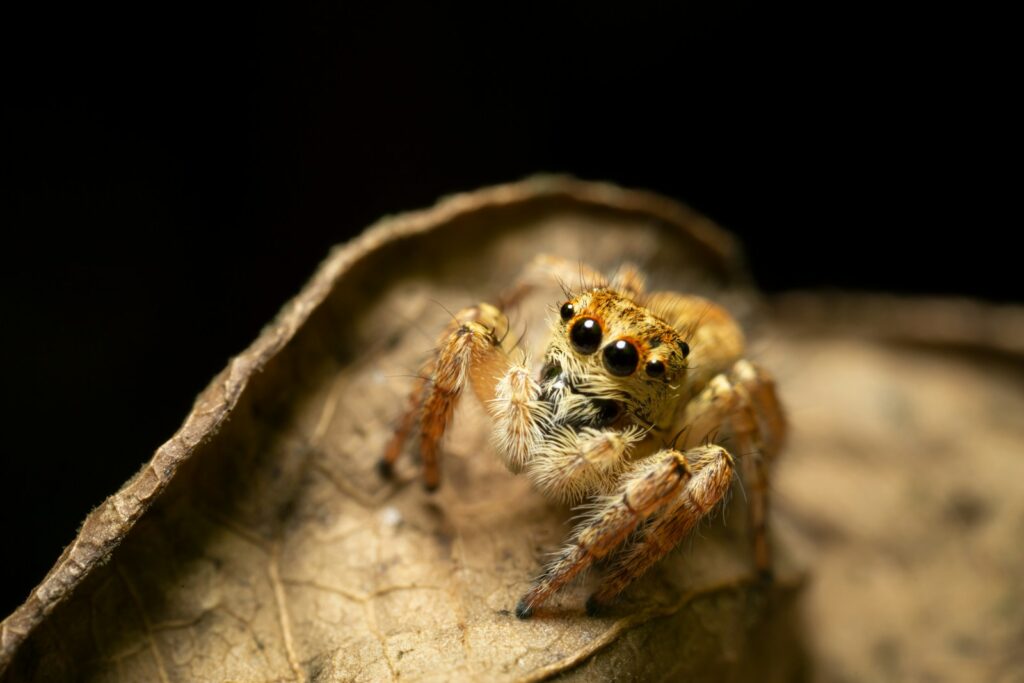In the dappled forests of East Africa, the Darwin’s bark spider (Caerostris darwini) showcases nature’s ingenuity with an unexpected hunting technique. Unlike most arachnids that rely on venom to immobilize their prey, this clever spider takes a different approach. It crafts intricate traps from leaves, turning simple foliage into sophisticated snares that catch unsuspecting victims without a single bite.
This remarkable adaptation underscores the wide diversity of hunting methods found among spiders and reflects a brilliant evolutionary trade-off. By modifying its surroundings rather than relying on metabolically expensive venom, the Darwin’s bark spider has carved out a distinct ecological niche, flourishing in the dense forests it calls home.
The Leaf-Curling Master of Disguise
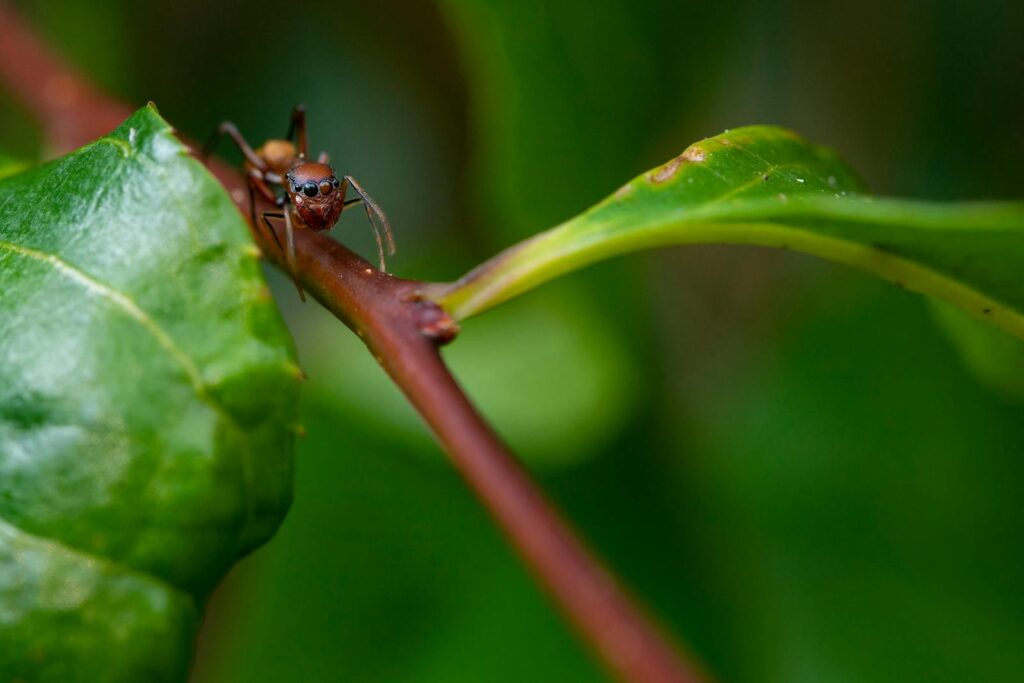
Building on its venom-free hunting strategy, the Darwin’s bark spider demonstrates a rare mastery of environmental manipulation, using its surroundings with exceptional precision. Rather than spinning typical webs or chasing prey, it carefully selects leaves from the forest floor or low-hanging branches and transforms them into natural-looking retreats. By curling and binding leaves with silk, the spider creates camouflaged hiding spots that blend seamlessly with the surrounding vegetation.
This clever manipulation of plant material serves a dual purpose. It provides the spider with shelter and also acts as a trap to ambush unsuspecting insects. The leaf’s natural appearance deceives prey into approaching without suspicion, setting the stage for the spider’s next remarkable feat. How it engineers these sophisticated traps.
The Sophisticated Trap Construction Process
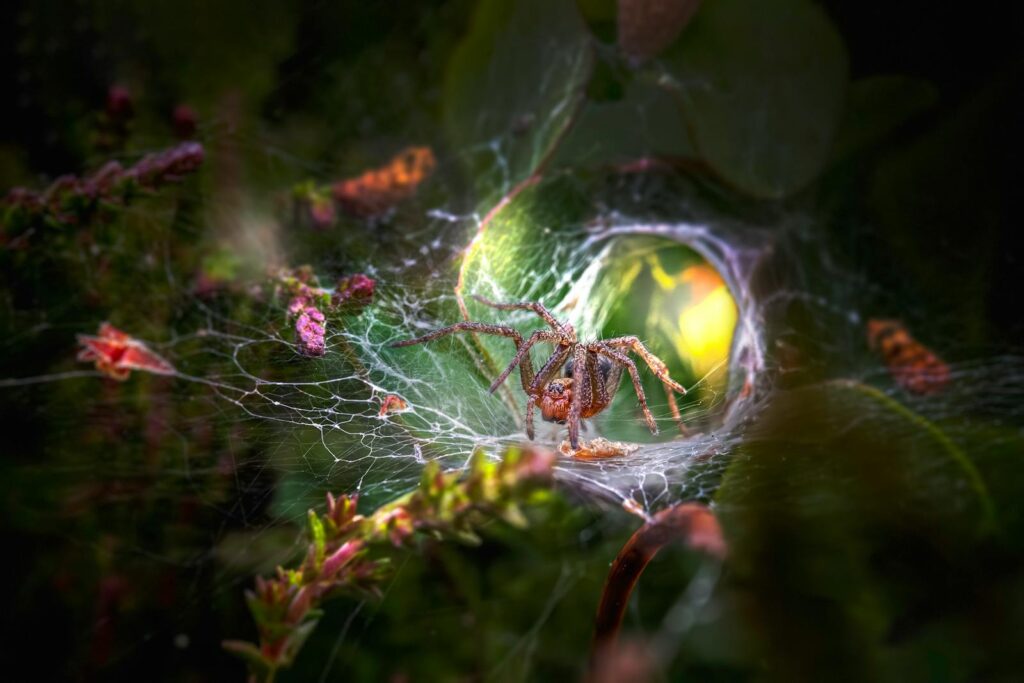
The construction of a leaf trap unfolds through several precise stages that showcase the spider’s remarkable engineering skills. It begins with the careful selection of a leaf, chosen for its size, flexibility, and stage of decay. The spider typically favors leaves that are drying but still strong enough to hold their shape. Once selected, it uses specialized adhesive silk to attach anchor points along the leaf’s edges.
Through a series of controlled tugs and additional silk reinforcements, the spider gradually folds the leaf into a conical or cylindrical form, creating a hollow chamber. To complete the trap, the spider lines the interior with non-adhesive silk. This smooth lining allows it to move freely and also acts as a sensitive platform that detects vibrations from approaching prey.
Once construction is complete, the spider waits motionless at the narrow end of the trap, relying on the transmission of vibrations through the leaf to signal the approach of potential prey. When an insect ventures too far into the funnel, the spider springs into action, using its powerful front legs to seize its victim with remarkable speed. Though it lacks venom, its physical strength makes the trap highly effective, allowing it to capture a variety of insects.
Diet and Prey Selection

The leaf-trapping spider mainly targets small flying insects like midges, flies, and moths, which are drawn to the leaf’s deceptive appearance. These insects often mistake the modified leaf for a safe resting place. Ground-dwelling prey, including beetles, ants, and small crickets, can also stumble into the trap while searching for food on the forest floor.
Despite lacking venom, the spider’s hunting technique is highly effective, relying on its ability to quickly overpower smaller prey with physical restraint. Researchers have even documented the spider capturing prey up to twice its own body weight, showcasing its remarkable predatory skill.
Physical Characteristics and Identification
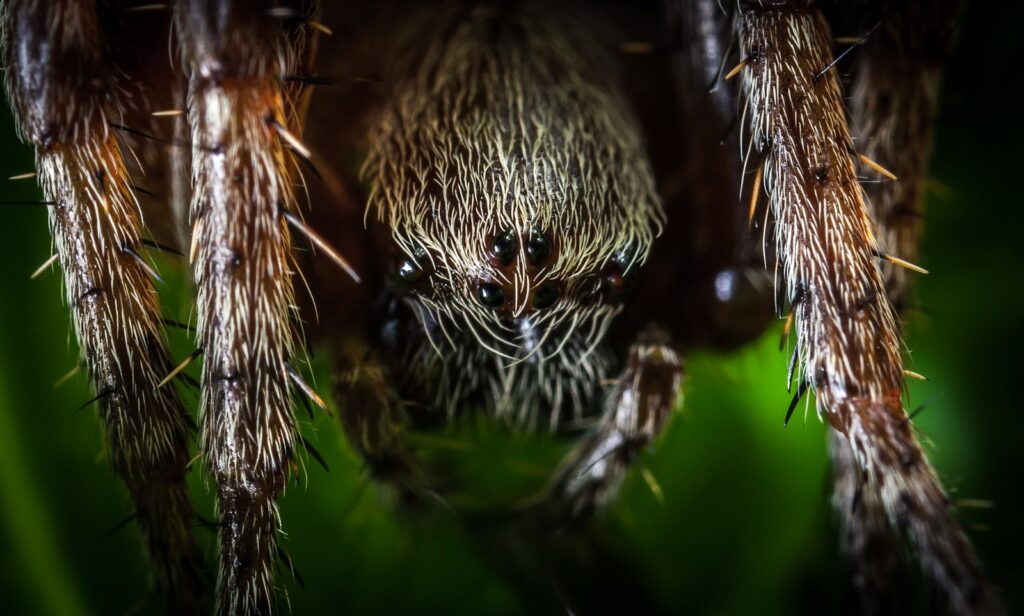
Every aspect of the leaf-trapping spider’s body reflects its specialized way of life. Its mottled brown and green coloration offers superb camouflage, blending seamlessly with the forest floor debris where it builds its traps. Measuring between 6 and 15 millimeters in body length, females tend to be larger than males, a common trait among spiders.
The spider’s legs are equipped with fine setae, or hair-like structures, that provide excellent grip and precision when manipulating leaves and silk during trap construction. Perhaps most distinctive, however, is its flattened cephalothorax (head region), a structural adaptation that allows it to squeeze into the tightest crevices within its leafy retreat, rendering it nearly invisible to both predators and prey.
Reproductive Cycle and Courtship

The leaf-trapping spider also employs intricate courtship behaviors to reduce the risk of sexual cannibalism, a common hazard in arachnid reproduction. During mating, females may be aggressive toward males, so the male approaches cautiously, often offering prey wrapped in silk as a nuptial gift. This gift not only distracts the female, making her less likely to attack, but also serves as a display of the male’s strength and fitness.
Once mating is complete, the female produces a silken egg sac containing 50 to 200 eggs, which she integrates into the structure of her leaf trap for added protection. The mother guards the eggs carefully for about three weeks until the spiderlings hatch. Upon emerging, they disperse by ballooning, using silk threads carried by the wind to find new territories.
Evolutionary Origins and Adaptations
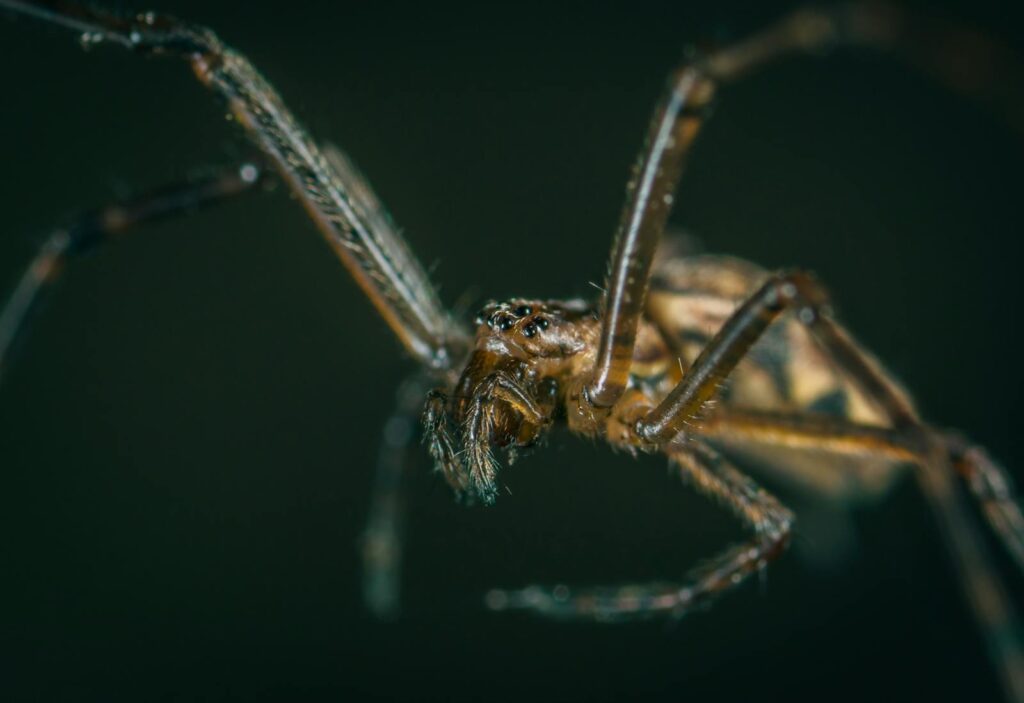
Fossil evidence suggests that leaf-manipulation behavior first emerged during the mid-Cretaceous period, approximately 100 million years ago, alongside the rapid diversification of flowering plants in forest ecosystems. As forest environments became more complex, some spiders began shifting away from traditional web-building strategies.
In the case of the Darwin’s bark spider, this shift eventually led to the evolution of silk glands specialized for anchoring silk to plant materials rather than capturing prey mid-air. This innovative hunting method represents a major evolutionary departure from the behaviors of related species and highlights the extraordinary adaptability of arachnids across millions of years.
Ecological Importance in Forest Ecosystems
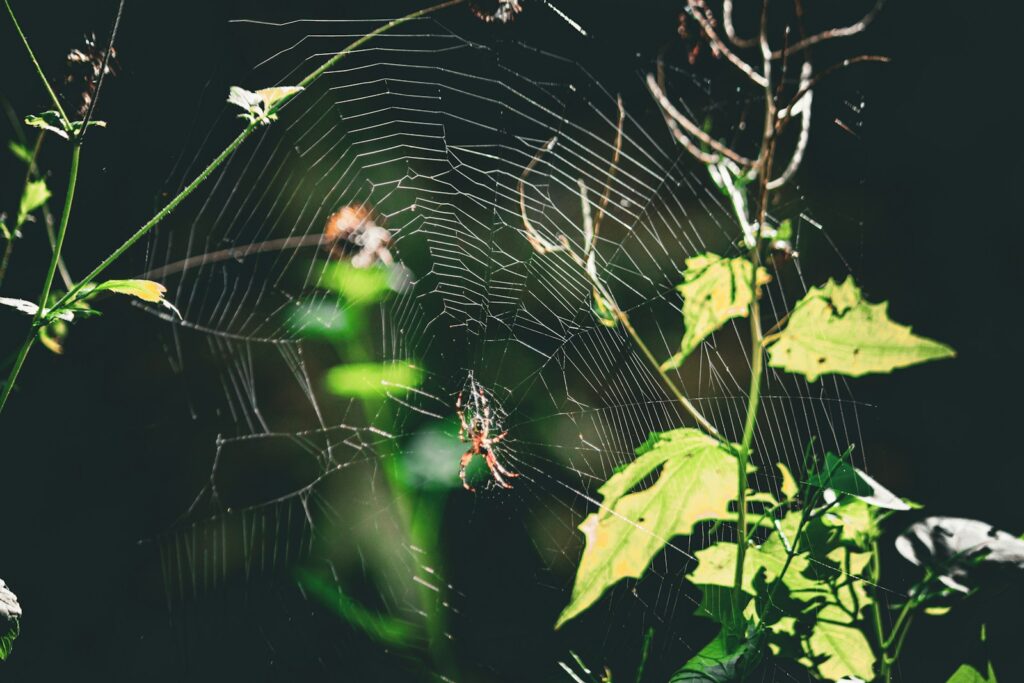
Despite their modest size, leaf-trapping spiders play a crucial role in maintaining the ecological balance of their forest habitats. By preying on small insects, they help control pest populations that could otherwise damage forest plants. Their leaf-manipulation activities also contribute to the decomposition process as they break down plant material and create new microhabitats within the forest floor.
Studies have shown that areas with healthy populations of leaf-trapping spiders tend to have more balanced insect communities and more efficient nutrient cycling. Additionally, the spiders themselves serve as an important food source for larger predators, including birds, reptiles, and mammals, forming a vital link in the forest food web.
Geographical Distribution and Habitat Preferences
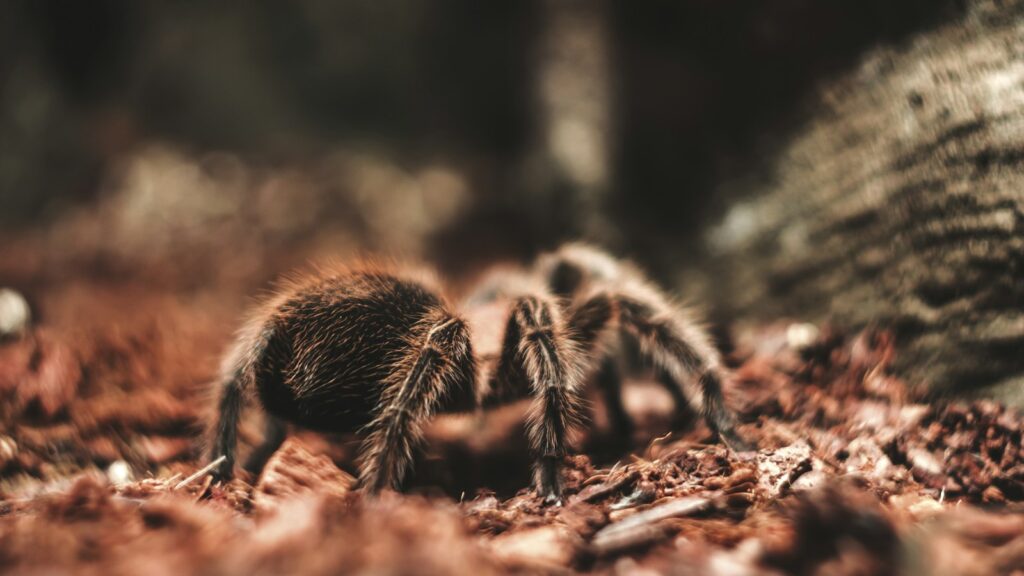
Leaf-trapping spiders are predominantly found in the tropical and subtropical forests of East Africa, with the highest concentrations in Tanzania, Kenya, and Uganda. They favor the understory layer, particularly areas rich in leaf litter and with moderate humidity. These spiders thrive in environments where a diverse canopy provides a consistent supply of fallen leaves, offering both shelter and a hunting ground.
Population densities are notably higher along forest edges and in disturbed areas, where increased light penetration promotes denser plant growth and more abundant leaf litter. Interestingly, isolated populations have also been identified in Madagascar and parts of Southeast Asia. This suggests either a broader historical distribution or independent evolution of leaf-trapping behaviors in separate spider lineages.
Threats and Conservation Status
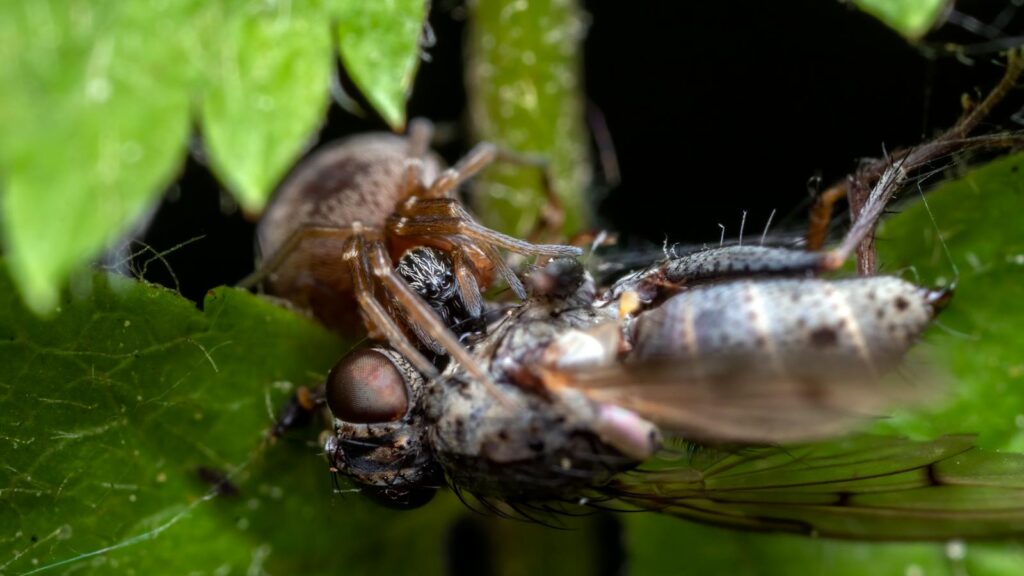
Despite their remarkable adaptations, leaf-trapping spiders face significant threats in their native habitats. Deforestation driven by agriculture and urban expansion has drastically reduced forest cover, fragmenting populations and limiting opportunities for genetic exchange. Climate change further exacerbates these challenges by disrupting the humidity levels essential for hunting and reproduction.
In addition, pesticide use in nearby agricultural areas has led to declines in monitored spider populations, with chemical runoff impacting both the spiders and their insect prey. While not currently endangered, conservation biologists have proposed that these spiders be given protected status, recognizing them as indicator species for assessing forest ecosystem health.
Research Challenges and Recent Discoveries

Studying leaf-trapping spiders presents unique challenges due to their cryptic nature and the rugged terrain of their forest habitats. In the past decade, researchers have begun using specialized thermal imaging and vibration detection equipment to observe the full hunting cycle without disturbing the spiders’ natural behaviors.
A groundbreaking study revealed that spiders have specialized neurological adaptations. These adaptations allow them to process vibrations with remarkable precision, creating a three-dimensional sensory map of their leaf trap. Recent genomic analysis has uncovered unique gene sequences associated with silk production.
These sequences differ significantly from those of traditional web-building spiders, suggesting independent evolutionary development of their construction behaviors. These discoveries emphasize how much more there is to learn about these fascinating arachnids and their unique ecological role
Biomimicry Applications and Scientific Significance

The remarkable leaf-trapping mechanism of the Darwin’s bark spider has inspired engineers and materials scientists looking for nature-based solutions to human challenges. The spider’s ability to transform flat, rigid leaves into intricate three-dimensional structures has influenced innovations in deployable architecture and collapsible furniture design. Its specialized adhesive silk, which maintains structural integrity without damaging the leaf, has sparked research into new medical adhesives for delicate tissue repair.
More broadly, the spider’s efficient use of available materials offers a model for sustainable design. It demonstrates how complex, functional structures can be created by modifying natural resources, rather than consuming new ones. This approach has led several universities to establish dedicated biomimicry research programs focused on the spider’s construction techniques, particularly for applications in temporary shelter design and disaster relief housing.
Cultural Significance and Human Interactions
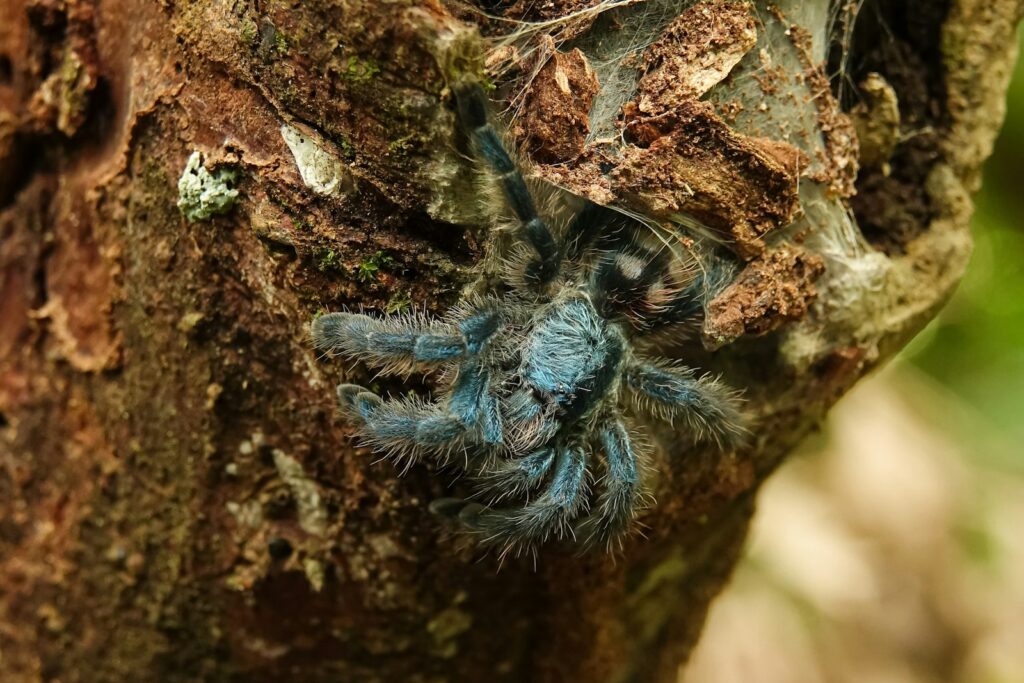
In East African folklore, the leaf-trapping spider is often celebrated as a symbol of resourcefulness and patience. Local names such as “leaf-folder” and “plant-shaper” reflect an intimate understanding of the spider’s unique behaviors, which were recognized long before formal scientific studies. Unlike venomous spiders that inspire fear, these harmless arachnids are appreciated for their role in controlling pests around human dwellings. As a result, they have been welcomed into communities for their natural pest control abilities.
In recent years, eco-tourism initiatives have introduced specialized “spider safaris,” where visitors can observe these remarkable creatures. This has generated sustainable income for local communities while raising conservation awareness. Additionally, educational programs in schools now use the leaf-trapping spider as a model to teach engineering principles and environmental adaptation, fostering a new generation of conservation-minded citizens.
Conclusion
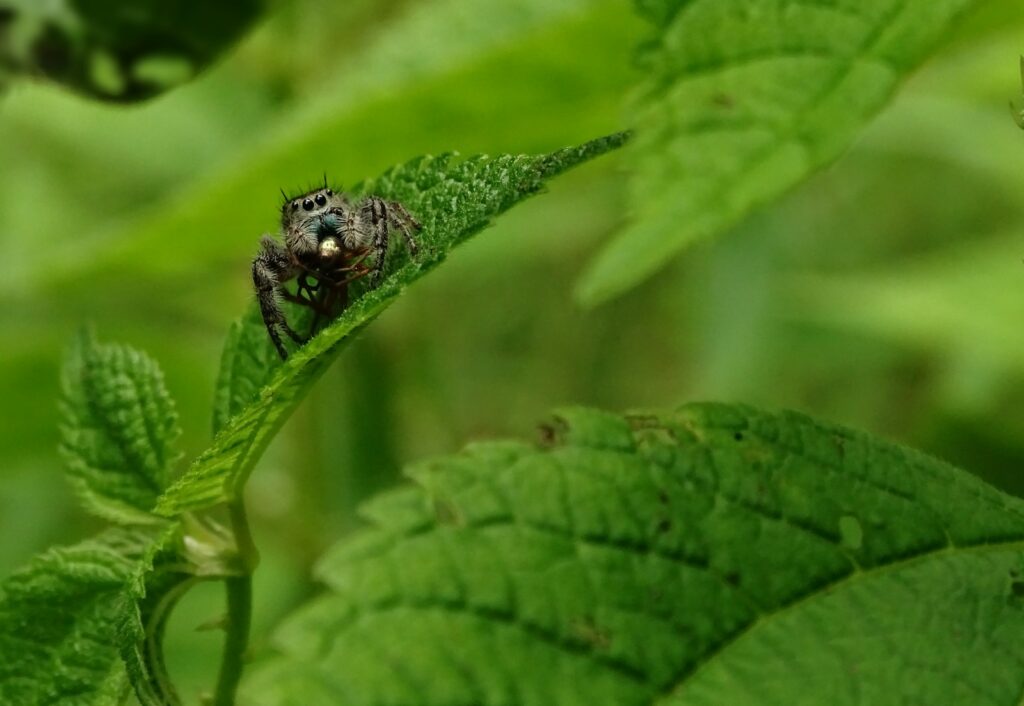
The leaf-trapping spider serves as a remarkable example of nature’s ingenuity, showcasing the diverse evolutionary strategies that have shaped arachnid behavior. Through its specialized adaptations and clever construction techniques, this species has established a successful ecological niche, all without relying on venom or complex webs. Its ability to manipulate natural materials highlights the incredible innovation found in the natural world.
As scientists continue to explore these fascinating creatures, we not only expand our understanding of arachnid evolution but also open doors to potential applications in human engineering. In a world where biodiversity faces increasing threats, the leaf-trapping spider reminds us of the countless adaptations still waiting to be discovered and protected in our planet’s remaining wild places.

